Your skin is as unique as you are. To achieve healthy, radiant skin, it’s crucial to understand your skin type and tailor your skincare routine accordingly. In this blog, we'll explore the four primary skin types—oily, dry, combination, and sensitive—offering insights on how to care for each.
Oily Skin: Managing The Shine
Characteristics: shiny and/or greasy skin, enlarged pores, blemishes & breakouts, uneven skin texture, prone to blackheads & acne
If you’re used to shiny, greasy-feeling skin, eating through tube after tube of cleanser, and makeup that just won’t stay put, you likely have an oily skin type.
Oily skin is marked by excess sebum production, leading to a shiny complexion and enlarged pores, particularly in the T-zone (forehead, nose, and chin). As a result, oily skin types are also more prone to acne and blackheads. Between acne, dead skin cell build-up, clogged pores, and sometimes even acne scarring, many people with an oily skin type find themselves with rough bumpy, uneven skin texture.
→ Recommended Products: Rejuvaskin Facial Cleanser, Mineral Facial Sunscreen
Care Tips:
|
Cleanse Gently |
Use a gentle cleanser twice daily to remove excess oil without stripping the skin of its natural moisture. |
|
Exfoliate Regularly |
Exfoliation helps to clear clogged pores. Opt for products containing salicylic acid. |
|
Moisturize Lightly |
Use lightweight, non-comedogenic moisturizers to keep your skin hydrated without adding extra oil. |
|
Sun Protection |
Always use a sunscreen suitable for oily skin to protect from UV damage and prevent further oil production. |
For more detailed management strategies, check out the study by Hong et al. (2020) on oily skin care here.
Dry Skin: Nourishing The Parched
Characteristics: rough/flaky texture, tightness and discomfort, dull appearance, fine lines & wrinkles, sensitivity to weather changes
If your skin constantly feels tight, flaky, and in need of good lotion or moisturizer (no matter how much you put on it seems), you likely have a dry skin type.
Dry skin lacks adequate moisture, resulting in a rough, dull texture that often feels tight. People with dry skin also tend to have more prominent fine lines and rough patches thanks to this lack of moisture. Dry skin can be particularly sensitive to weather changes, feeling more uncomfortable in cold or windy conditions— which is why this skin type tends to fare worse in the winter.
→ Recommended Products: Skin Recovery Cream, ReVita-D Facial Moisturizer
Care Tips:
|
Hydrating Cleanser |
Choose a mild, hydrating cleanser that doesn’t strip your skin of its natural oils. |
|
Moisturize Intensively |
Use rich, creamy moisturizers containing hyaluronic acid or glycerin to lock in moisture. |
|
Avoid Hot Water |
Wash your face with lukewarm water to prevent further drying. |
|
Humidify |
Use a humidifier to add moisture to the air, especially in dry climates or during winter. |
Insights into the biochemical aspects of dry skin are discussed by Kumagai et al. (1985) here.
Combination Skin: A Balancing Act
Characteristics: oily T-zone (forehead, nose, chin), dry/flaky cheeks, enlarged pores in oily areas, smaller pores elsewhere, shiny & matte areas, prone to both acne and dry/rough patches
Those with a combination skin type have, well, a combination of the previous symptoms. More specifically, those with combo skin tend to experience a more oily T-zone (the forehead, nose, and chin), resulting in larger pores and more acne in this area, while the skin on their cheeks is either normal or dry. This type of skin can feel like a balancing act, with different areas needing different types of care. It’s common to experience breakouts in the T-zone while dealing with dry, sometimes flaky patches elsewhere.
→ Recommended Products: ReVita-D Facial Moisturizer, Rejuvaskin Facial Cleanser
Care Tips:
|
Zone-Specific Products |
Use different products for different areas of your face; a lightweight moisturizer for the T-zone and a richer one for the cheeks. |
|
Balanced Cleanser |
Opt for a gentle cleanser that can handle both oiliness and dryness without aggravating either condition. |
|
Regular Exfoliation |
Helps to manage the varying needs of your skin by removing dead skin cells and preventing clogged pores. |
A deeper understanding of combination skin can be found in Youn et al. (2005) here.
Sensitive Skin: Soothing The Reactive
Characteristics: redness & irritation, prone to itchiness, stinging/burning feeling, & discomfort, more reactive to outside factors, thin and delicate skin barrier
If just about anything and everything seems to set your skin off, you probably have a sensitive skin type.
Sensitive skin tends to react excessively to environmental factors, cosmetics, and even minor irritants. This skin type is often prone to redness, itching, burning sensations, and stinging, often without visible signs of irritation. Sensitive skin requires extra care and gentle products to avoid triggering these reactions.
→ Recommended Products: Skin Recovery Cream, Mineral Facial Sunscreen, Retinoid Duo
Care Tips:
|
Minimalist Routine |
Stick to a simple skincare routine with minimal products to avoid irritation. |
|
Patch Test |
Always patch test new products to ensure they don’t cause a reaction. |
|
Soothing Ingredients |
Look for products with calming ingredients like aloe vera, chamomile, and niacinamide. |
|
Avoid Irritants |
Stay away from alcohol, fragrances, and harsh exfoliants that can trigger sensitivity. |
Berardesca et al. (2013) provide an overview of managing sensitive skin, which you can explore here.
Discover Your Path To Radiant Skin With Rejûvaskin
Understanding your skin type is the first step towards improving your skin health. At Rejuvaskin, we are committed to helping you achieve your best skin through science-backed products trusted by physicians and patients alike. Whether you're managing oily, dry, combination, or sensitive skin, our range of high-quality skincare solutions is designed to meet your unique needs. Explore our products and transform your skin’s health today!
References
- Hong, J., Park, S. J., Seo, S., & Park, K. (2020). Oily sensitive skin: A review of management options. Journal of Cosmetic Dermatology. Link
- Kumagai, H., Shioya, K., Kawasaki, K., Horii, I., Koyara, J., Nakayama, Y., Mori, W., & Ohta, S. (1985). Development of a scientific method for classification of facial skin types. Journal of the Society of Cosmetic Chemists. Link
- Youn, S., Na, J., Choi, S., Huh, C., & Park, K. C. (2005). Regional and seasonal variations in facial sebum secretions: a proposal for the definition of combination skin type. Skin Research and Technology. Link
- Berardesca, E., Farage, M., & Maibach, H. (2013). Sensitive skin: an overview. International Journal of Cosmetic Science. Link
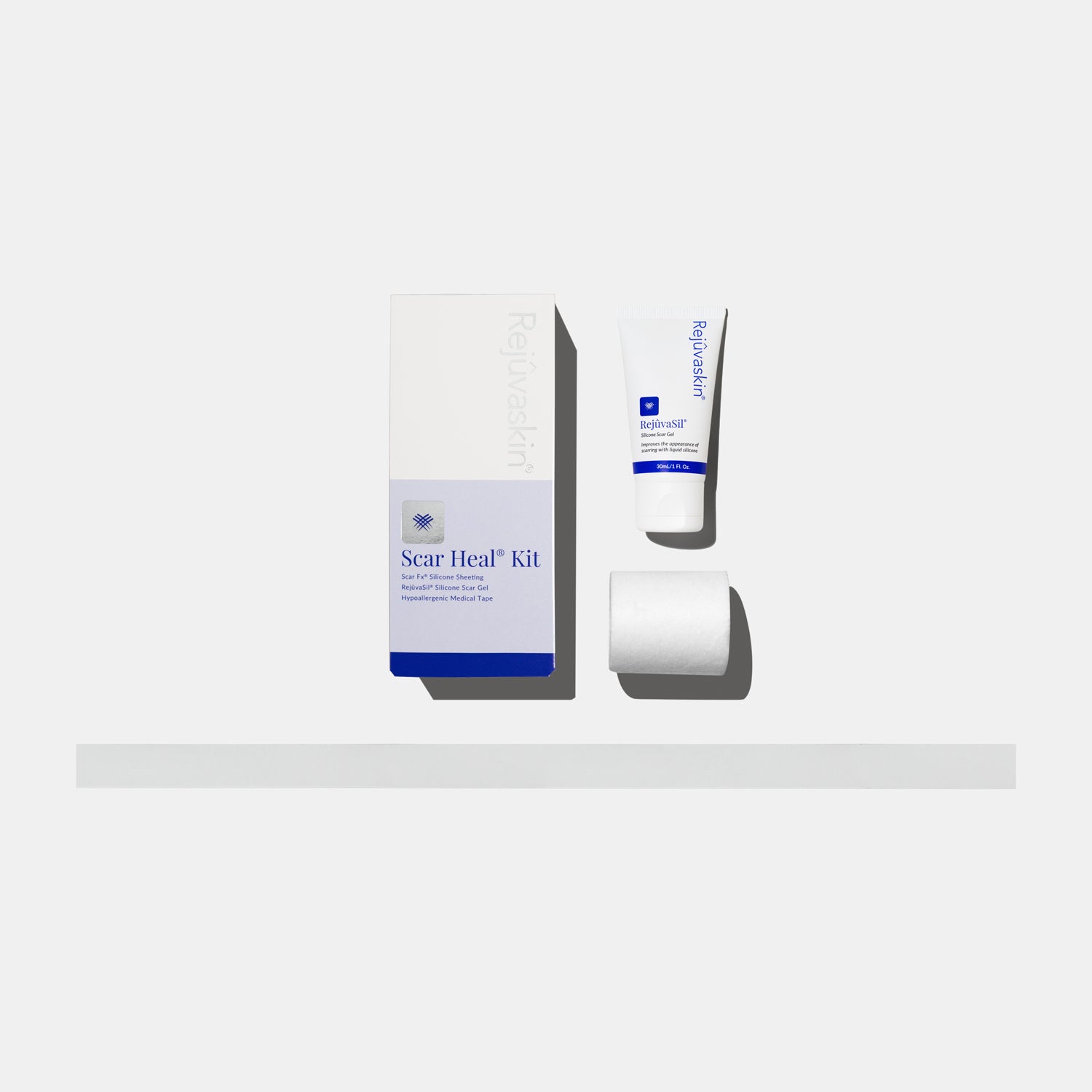


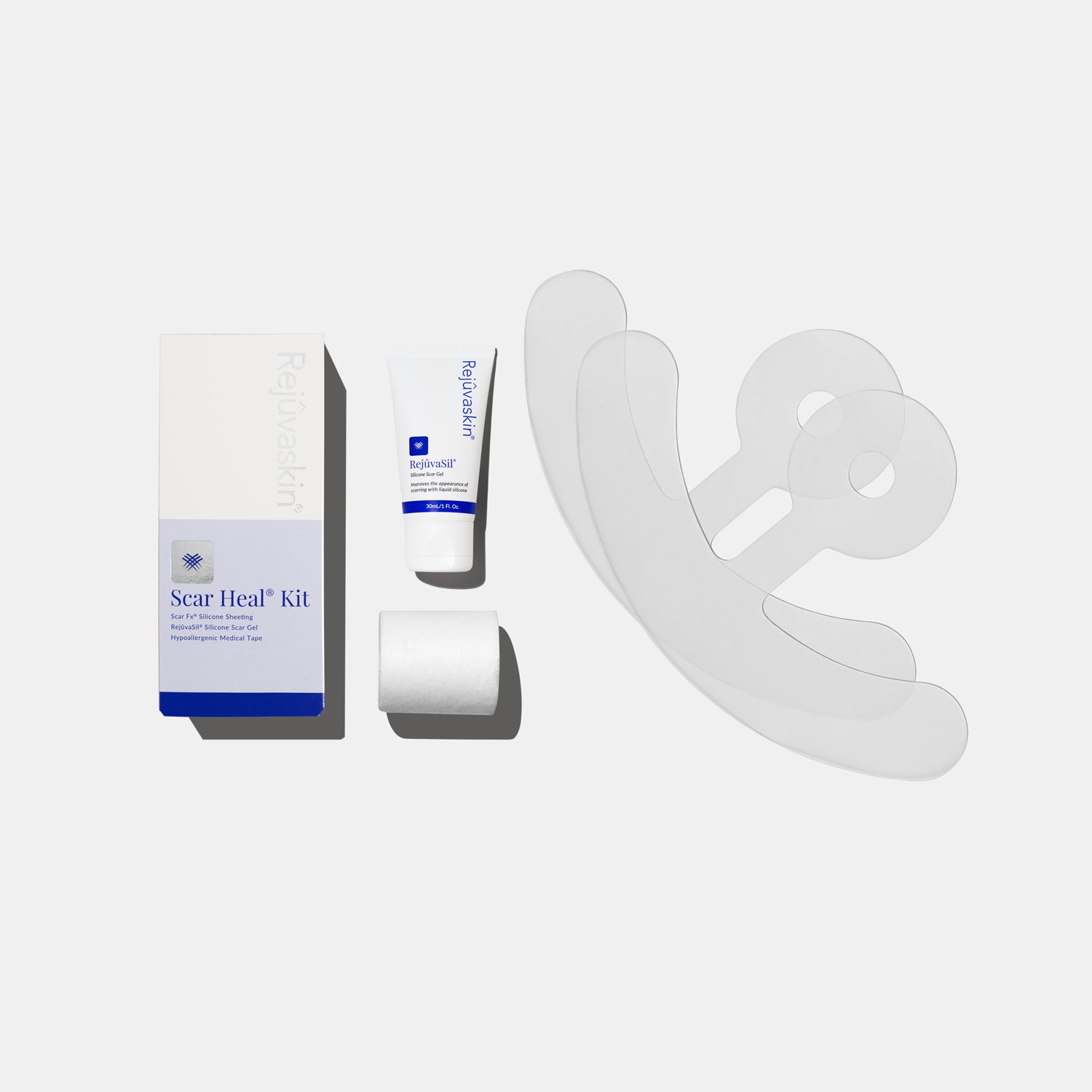
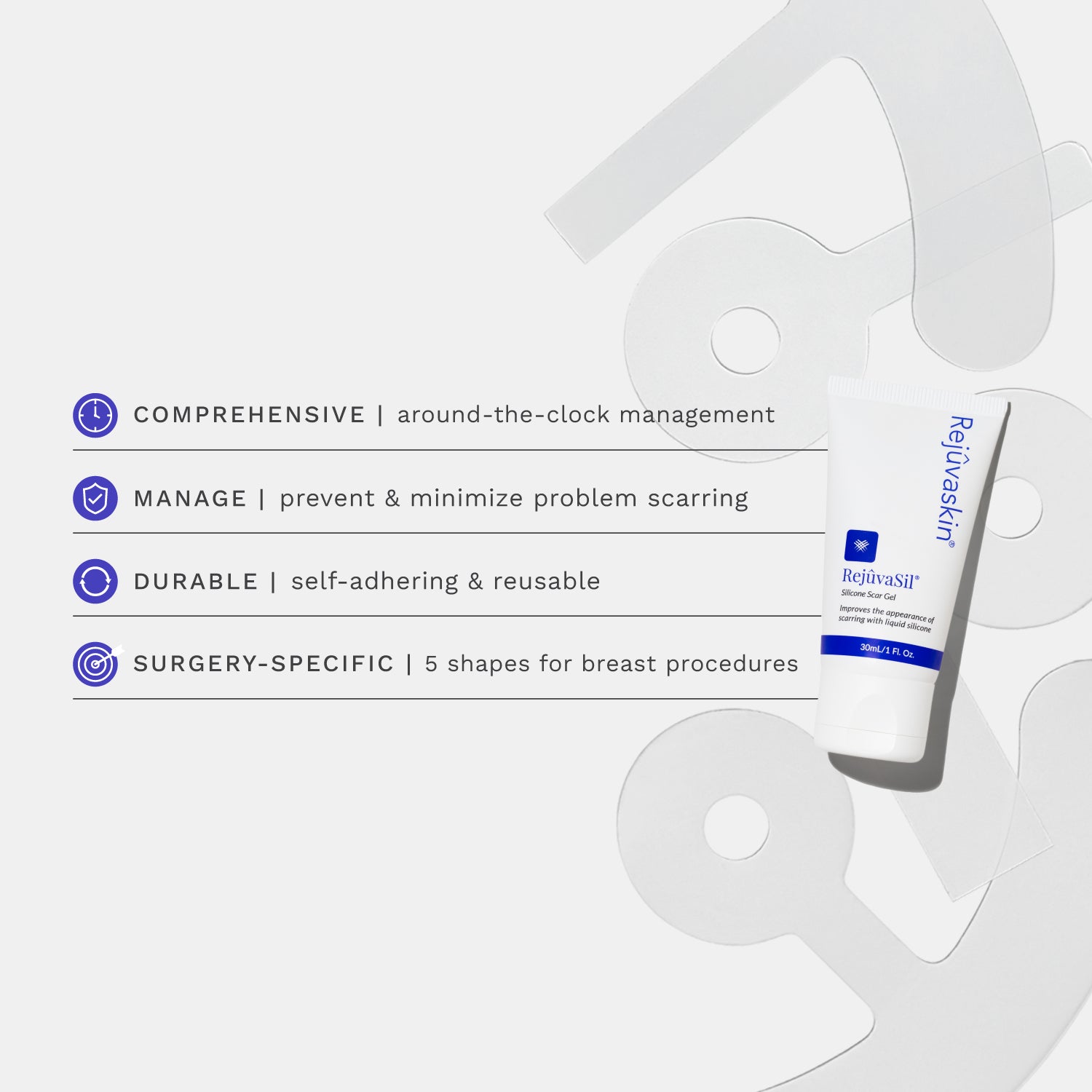
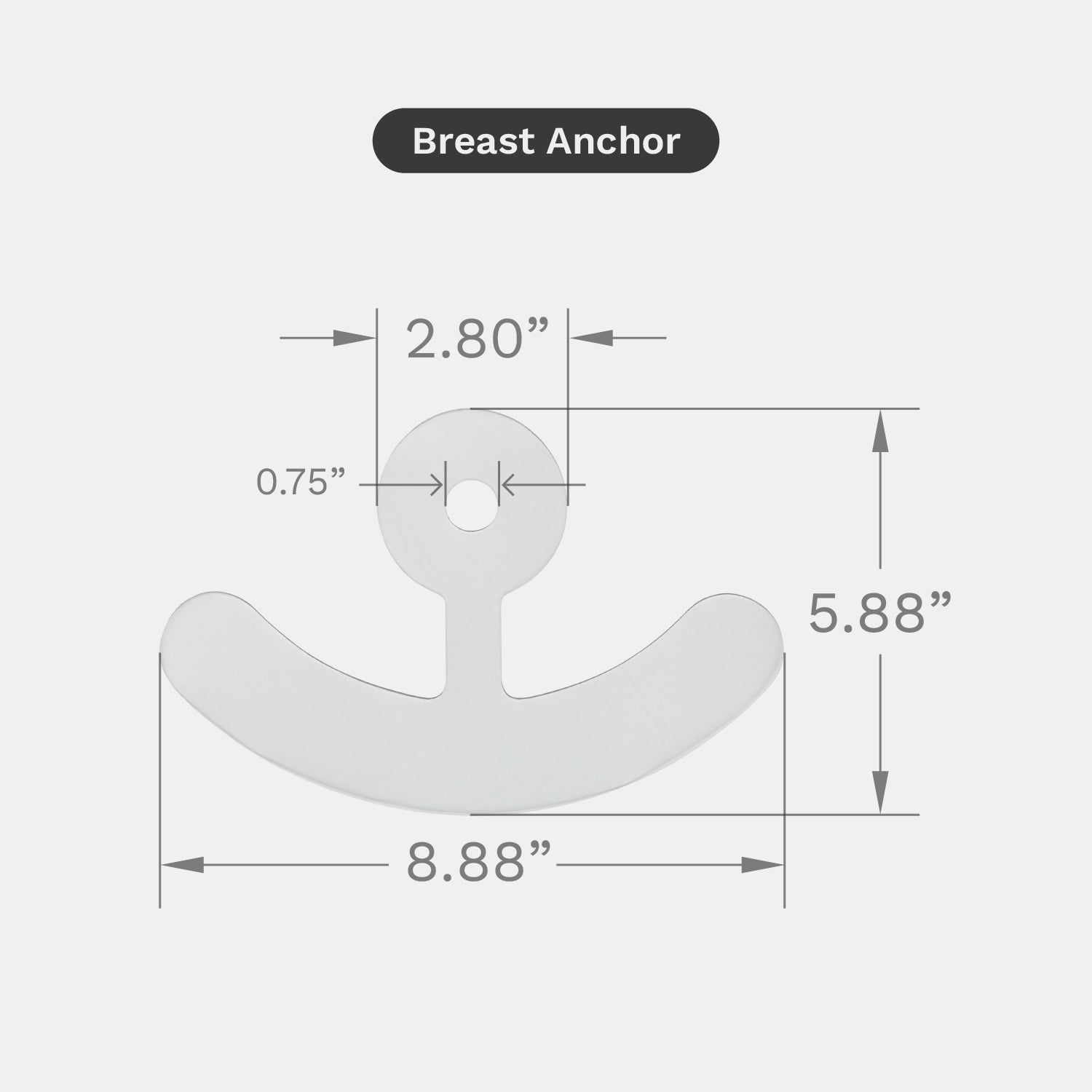
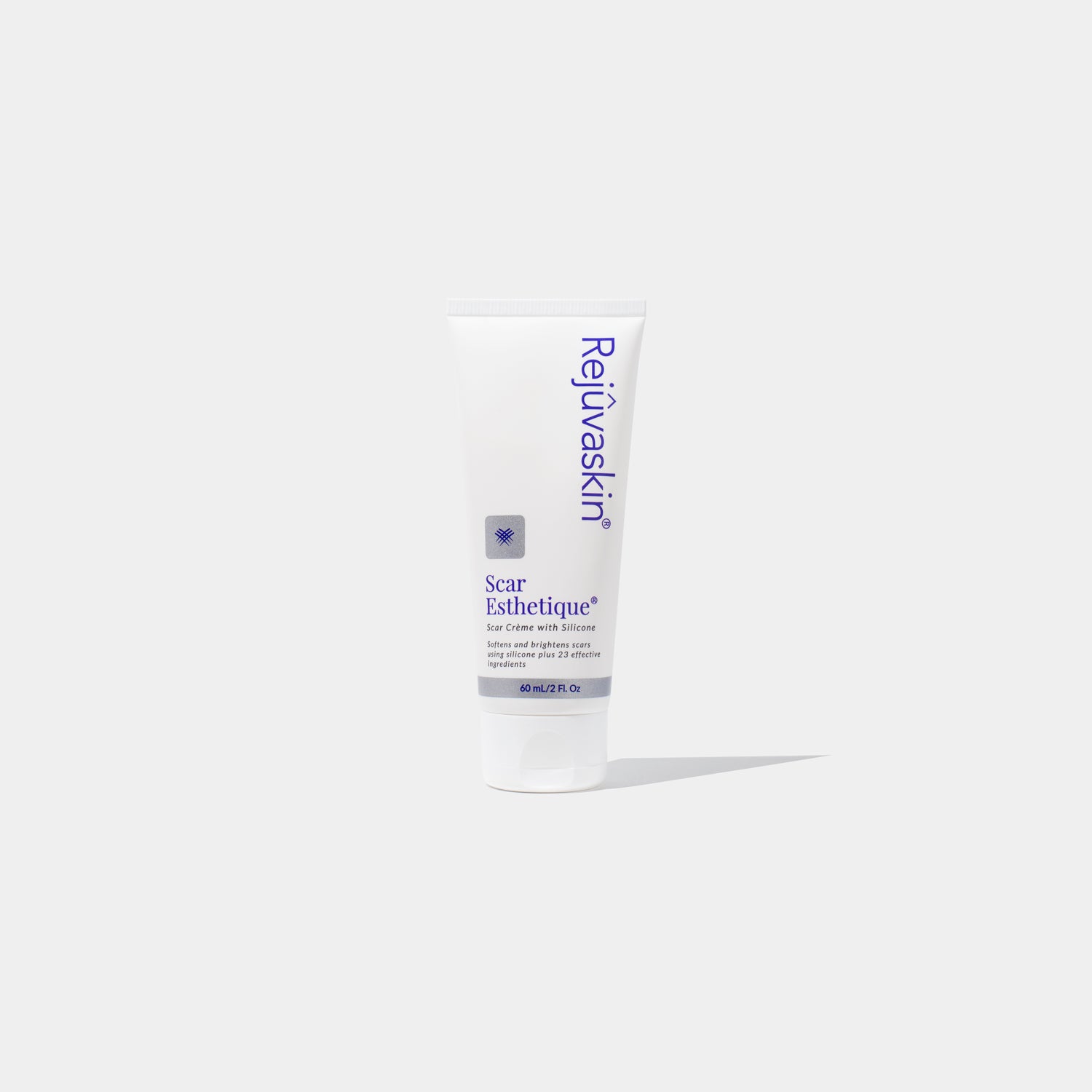
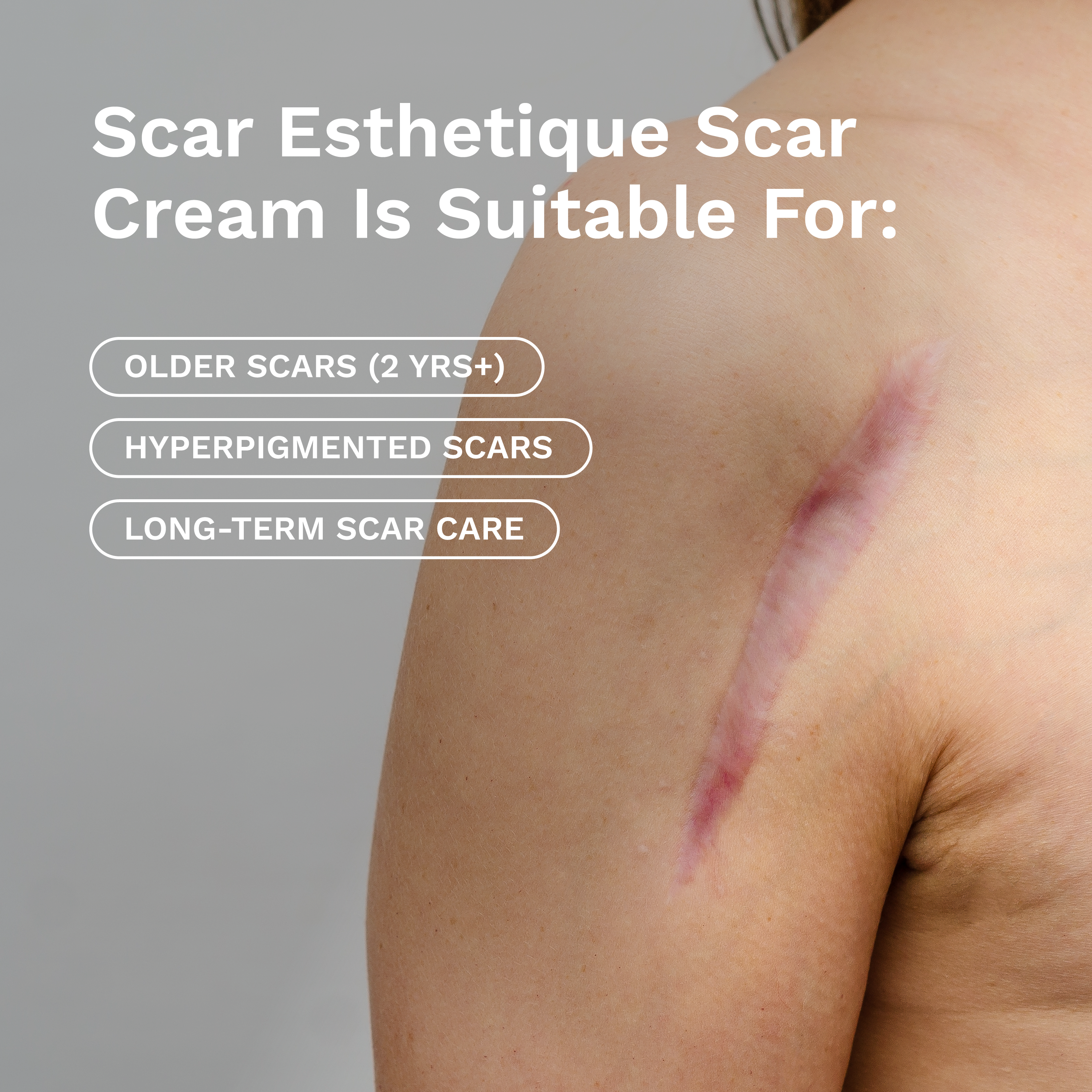








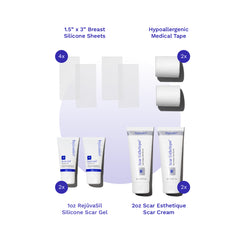
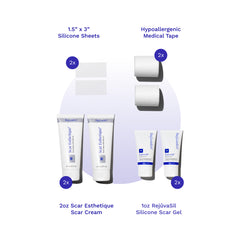


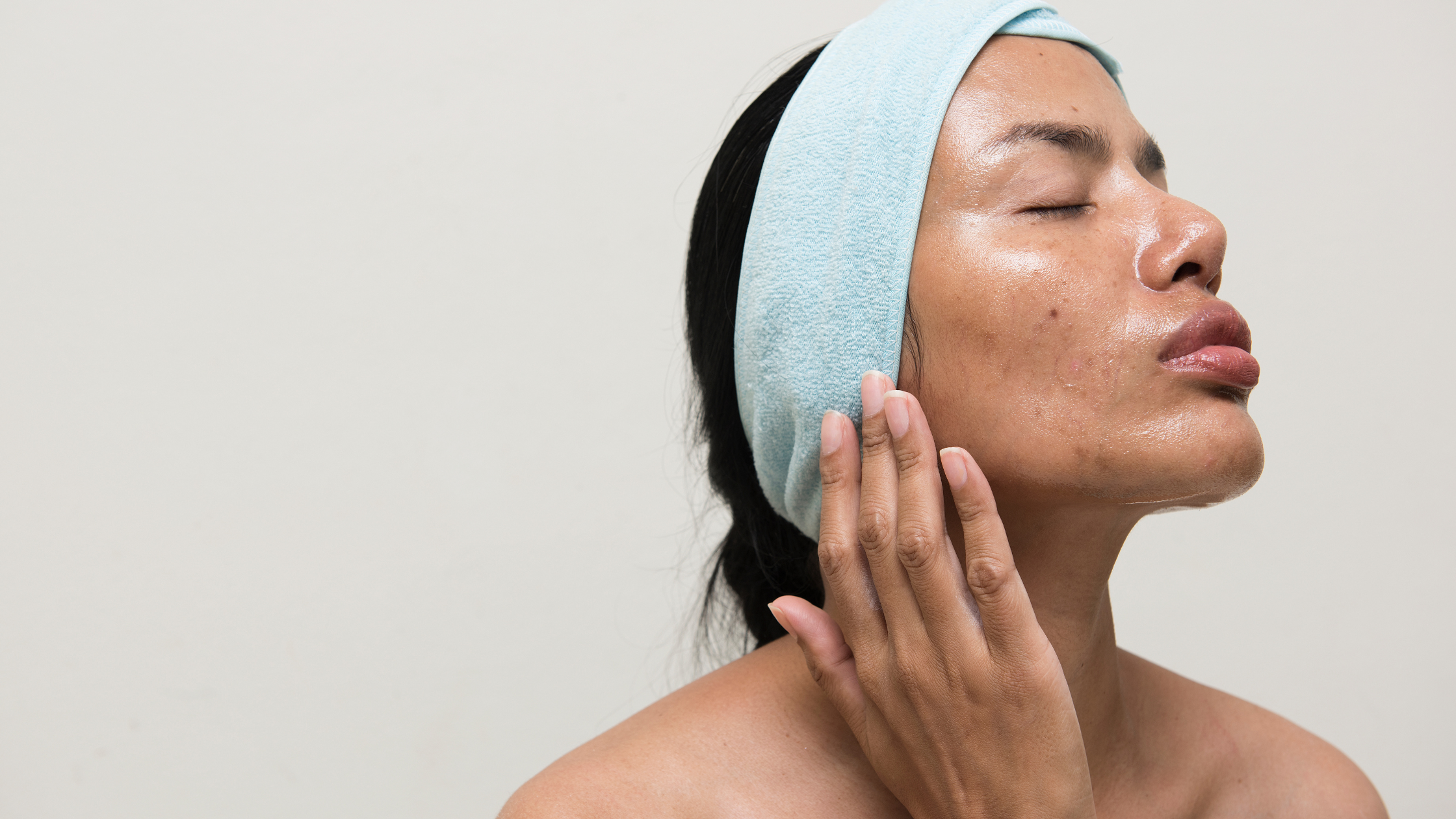
Leave a comment